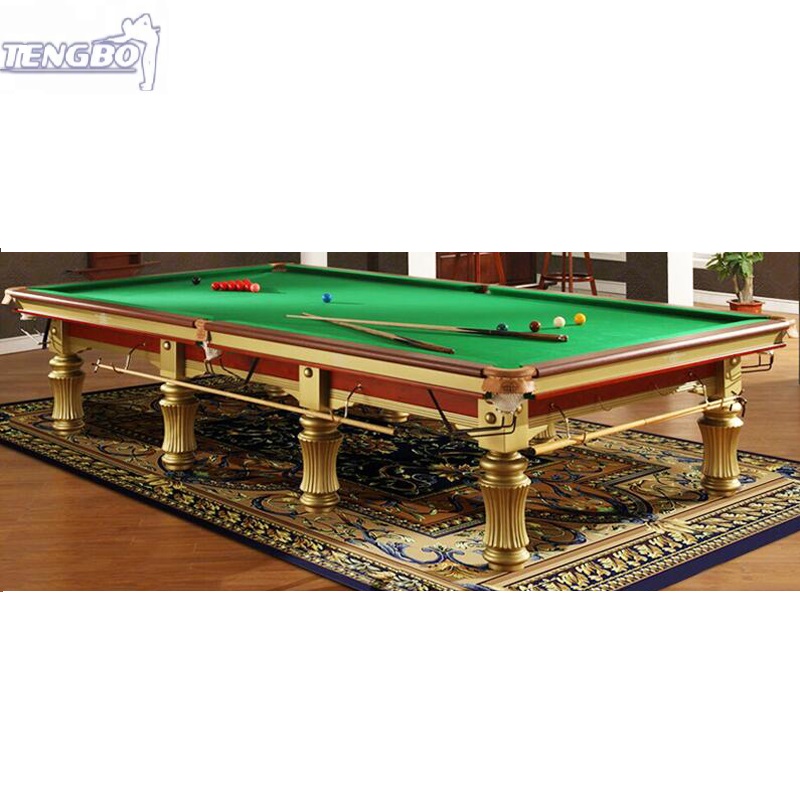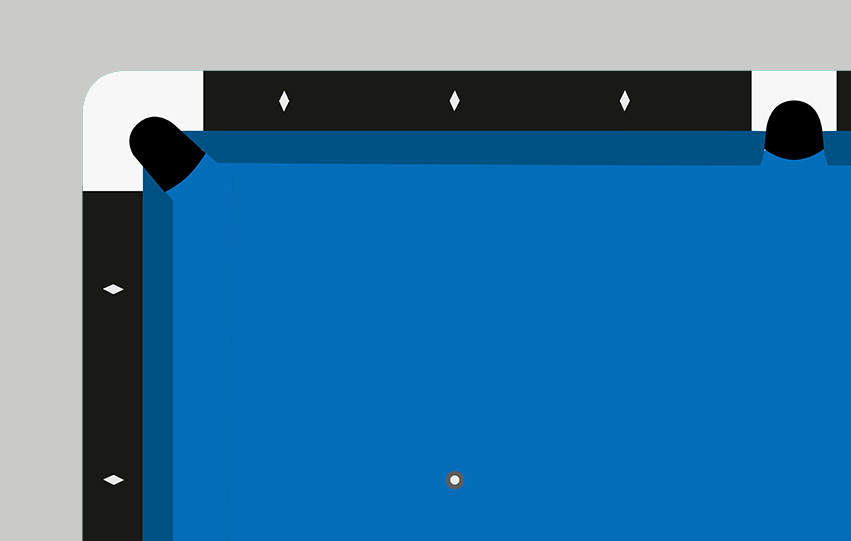
Bank shots are tricky because they require finesse. Remembering how the ball hit the wall and the correct angle to get it into the pocket is key. This is not just about knowing how to make the correct stroke, but also using the right diamond for the job. You can use it to sink the pool ball, or you can use it to make a safety play. You can also use it to split pocket lines.
A bank shot is not an easy task. There are several factors to consider, including the size of the cue ball, the number of pieces in between the cue ball and the object ball, and the speed of the object ball. You can fine-tune your bank shot by experimenting with various angles, speeds, and spin. If you are having difficulty making one, or if you just want to increase your chance of winning, practice it with a friend or a professional.
There is no universal bank shot. Every player has their own style, and every bank shot is a little different. But there are some fundamental techniques that all players should know. To maximize your chances of winning, it is important to take the right bank shot. The process is easy as it sounds.

The best way to bank a pool ball is to use the cue ball's spin to increase the angle of your shot. This will allow the ball to travel more directly on the rail. A proper spin will increase accuracy. This will allow you to observe the effect of spin on the ball's trajectory when it bounces off the rail.
A "gear effect" is another way to optimize a bank shot. This refers to the object ball's ability to revolve around the center of gravity. You can achieve this by applying a little friction.
While there are many uses for the gear effect, the most common use is to adjust angle of rail. The angle will be shorter if the object ball is very close to the rail. With the correct angle, you can pocket your object ball without needing to foul.
Kick shots, which can be made in the side pouch, are another common use. Lag shots are also useful when the object ball is too far away from the rail to be seen clearly. Lag shots can be especially useful when the object is not within the line of sight.

The reverse-cut bank shot is one of the most difficult bank shots. In order to compensate for left-hand transfer, you must make the object balls thinner. You will also need to be more precise if the object is too far from your rail.